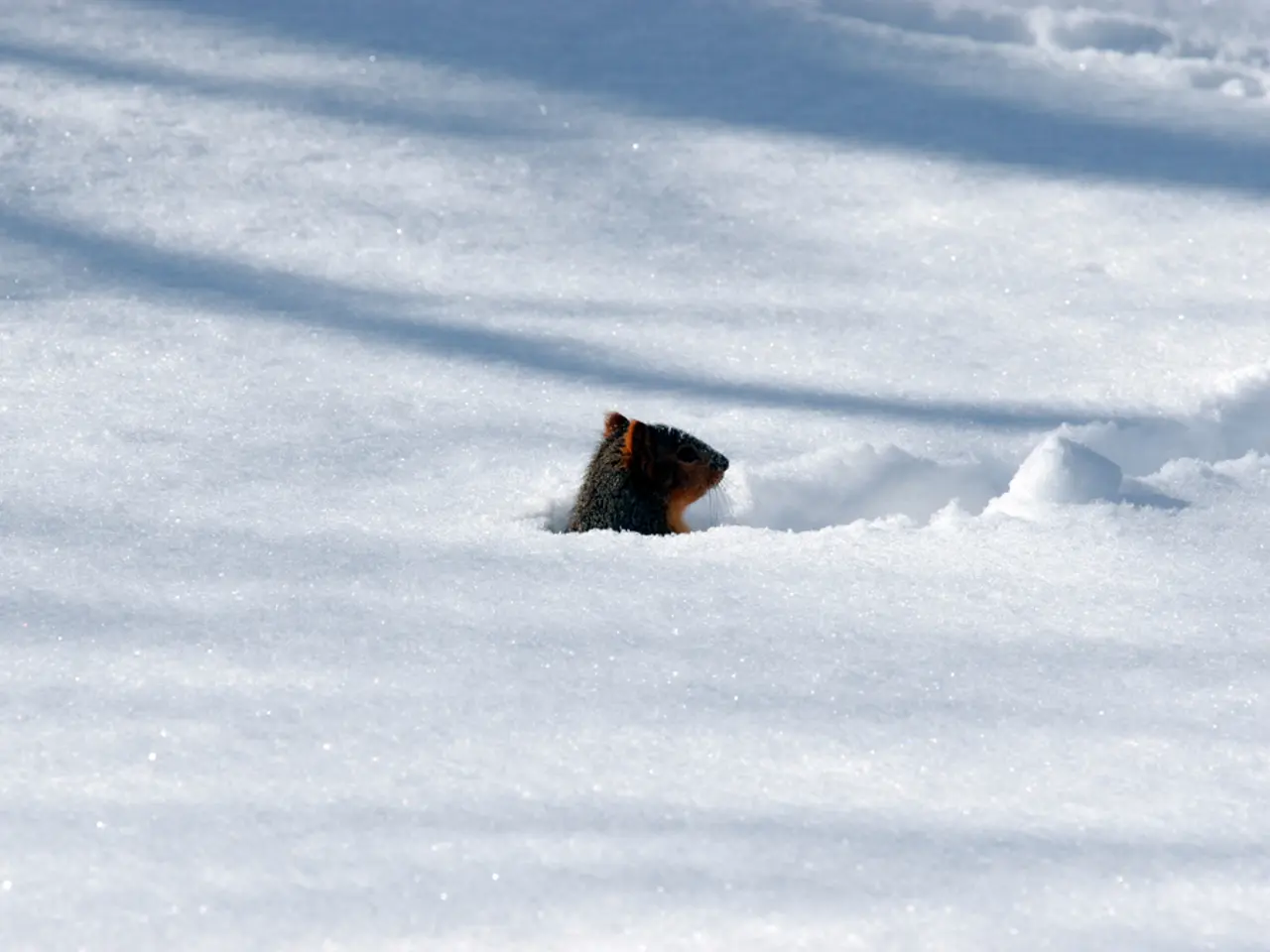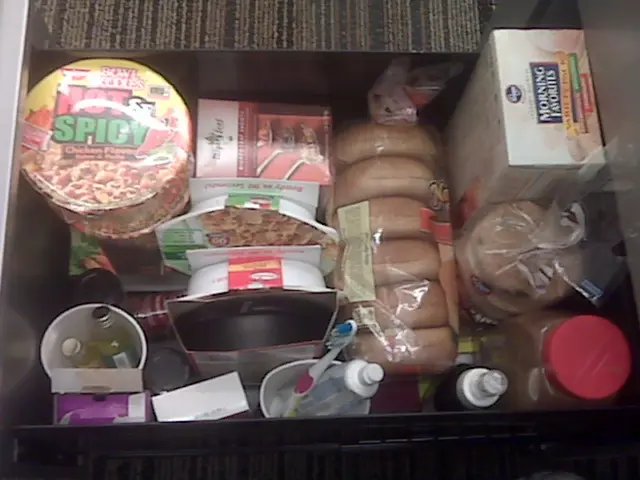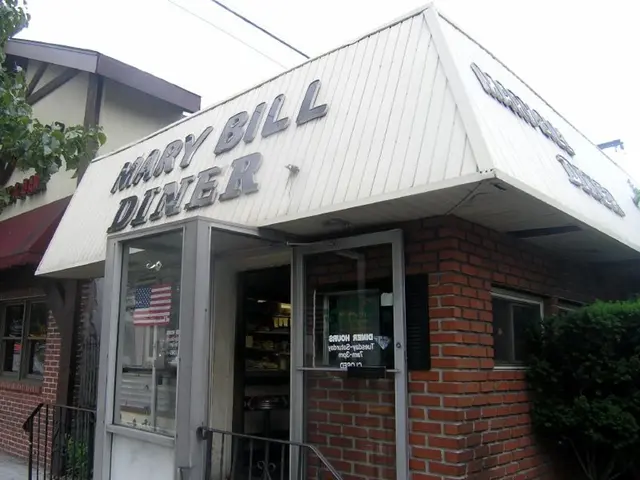Winterize Your Rain Barrel: Drain, Store, Protect
As winter approaches, it's crucial to prepare your rain barrel to ensure it remains functional and safe. This involves draining and storing it properly to prevent frost damage and contamination.
To protect your rain barrel from frost damage, disconnect and store attached hoses or filters separately. Regular draining and maintenance also extend its lifespan and usability.
The ideal time to drain the rain barrel is just before the first hard frost, typically between late October and mid-November, depending on your location. This prevents water from freezing and expanding, which could crack or break the barrel. Standing water can also stagnate and become contaminated with algae, bacteria, and other microorganisms over the winter.
After draining, covering or moving the rain barrel indoors protects it from the elements and keeps the interior dry and clean during winter. Additionally, cleaning the barrel helps prevent unpleasant odors or stains from forming in the spring.
It's important to educate residents on when to empty their rain barrels to prevent overflow or stagnation. This is particularly relevant in regions experiencing heavy autumn rainfall, where managing water accumulation is crucial for garden and environmental health. Proper management can help prevent issues like mosquito breeding or plant diseases.
To winterize your rain barrel, disconnect and store hoses, drain and clean it before the first hard frost, and cover or move it indoors. This ensures your rain barrel remains in good condition and prevents potential issues from stagnant water or frost damage.








